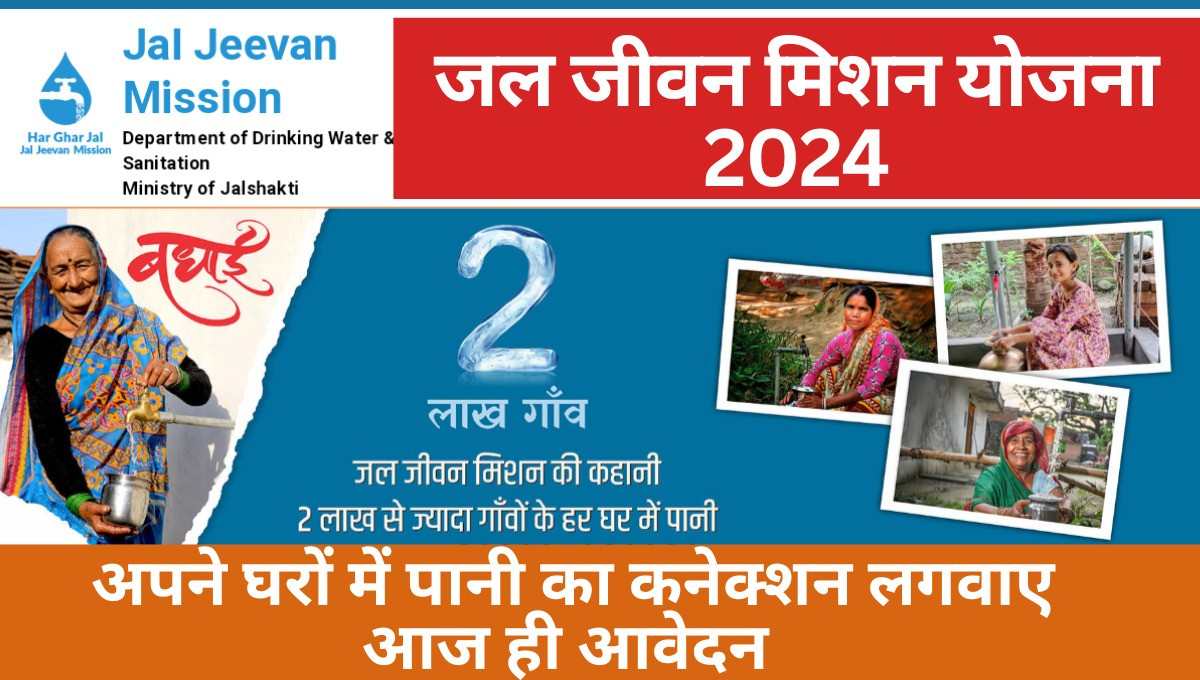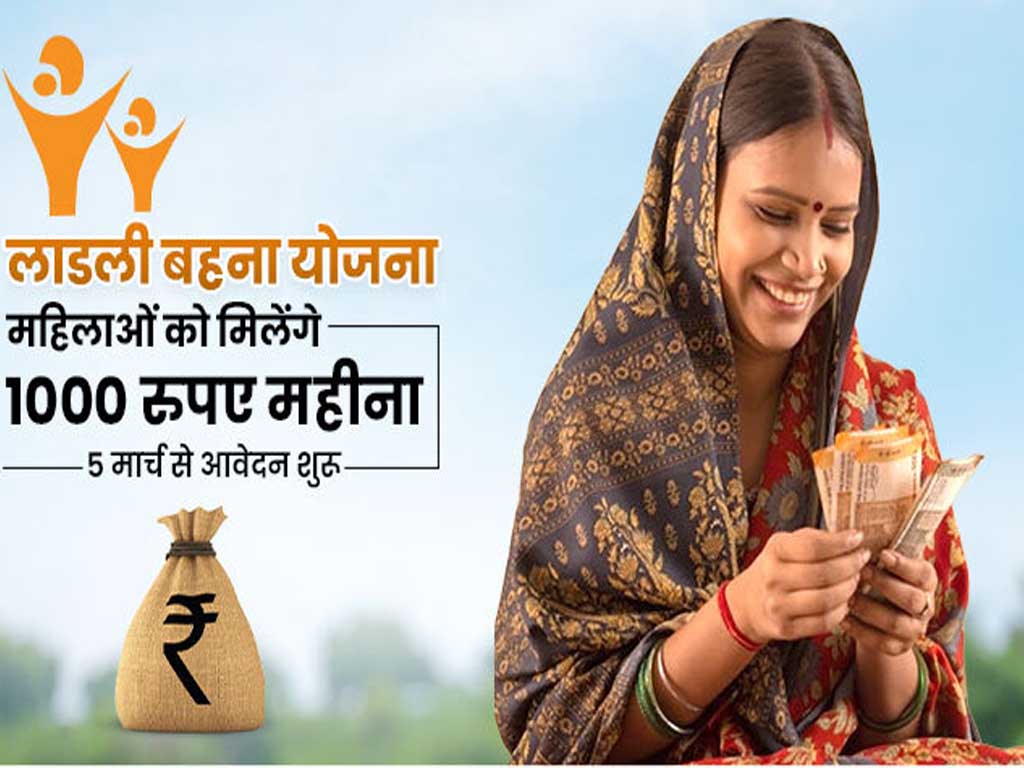Introduction
The Pradhan Mantri Har Ghar Jal Yojana is a landmark initiative by the Indian government aimed at ensuring every household in rural India has access to piped water by 2024. This scheme is part of the larger Jal Jeevan Mission and reflects the government’s commitment to providing safe and adequate drinking water to all, particularly in underserved areas.
The Need for Har Ghar Jal Yojana
Water Scarcity in India
India faces significant water scarcity, with many regions experiencing acute shortages. Rural areas are particularly affected, with millions lacking access to clean drinking water.
Health Implications
Lack of access to clean water leads to various health issues, including waterborne diseases such as cholera and diarrhea. This scheme aims to reduce these health risks by providing safe and clean water to every household.
Objectives of the Scheme
Universal Water Access
The primary goal is to ensure that every rural household has access to piped water. This is expected to significantly improve the quality of life and health standards in rural communities.
Sustainable Water Management
The scheme also focuses on sustainable water management practices, including water conservation, rainwater harvesting, and efficient use of water resources to ensure long-term availability.
Key Features
Infrastructure Development
The scheme involves the development of extensive water supply infrastructure, including the construction of pipelines, water treatment plants, and storage facilities.
Community Participation
Active community participation is encouraged to ensure the scheme’s success. Local communities are involved in planning, implementation, and maintenance of the water supply systems.
Implementation Strategy
Phased Approach
The implementation is being carried out in phases, starting with the most water-stressed areas. This phased approach allows for systematic progress and better resource management.
Role of State Governments
State governments play a crucial role in the execution of the scheme. They are responsible for planning, executing, and monitoring the water supply projects in their respective states.
Funding and Budget
Central Government Allocation
The central government has allocated substantial funds for the scheme, ensuring adequate financial support for the infrastructure projects.
State and Local Contributions
States and local bodies are also expected to contribute to the funding, ensuring joint responsibility and collaboration at all levels of governance.
Success Stories
Impact on Rural Communities
The scheme has already shown positive impacts in several rural communities, where households now have access to clean drinking water, improving health and quality of life.
Case Studies
For instance, in Maharashtra, the implementation of the scheme has transformed the lives of villagers by providing a reliable water supply, reducing water-borne diseases, and improving sanitation standards.
Challenges and Solutions
Technical Challenges
Implementing such a large-scale infrastructure project comes with technical challenges, including ensuring water quality, maintaining pipelines, and managing water sources.
Social and Cultural Barriers
Social and cultural barriers, such as resistance to change and lack of awareness, are addressed through community engagement and education programs.
Future Prospects
Long-term Goals
The long-term goals include ensuring sustainable water supply systems, enhancing water management practices, and achieving water security for future generations.
Technological Innovations
Technological innovations, such as smart water management systems and advanced filtration techniques, are being explored to enhance the efficiency and sustainability of the water supply.
Conclusion
The Pradhan Mantri Har Ghar Jal Yojana is a transformative initiative that aims to ensure every rural household in India has access to clean and safe drinking water. By addressing water scarcity and promoting sustainable water management, the scheme is poised to bring about significant improvements in health, sanitation, and overall quality of life in rural India. Active community participation and the collaboration of various government levels are crucial for the success of this ambitious mission.

FAQs (Frequently Asked Questions)
1.What is the main objective of the Pradhan Mantri Har Ghar Jal Yojana? The main objective is to provide every rural household in India with access to piped water by 2024.
2. How is the scheme funded? The scheme is funded by the central government, with contributions from state governments and local bodies.
3. What are the key features of the scheme? Key features include infrastructure development, community participation, and sustainable water management practices.
4. How does the scheme address water scarcity? The scheme addresses water scarcity by developing extensive water supply infrastructure and promoting sustainable water management practices.
5. What challenges does the scheme face? Challenges include technical issues, such as maintaining water quality and infrastructure, and social barriers like resistance to change and lack of awareness.





